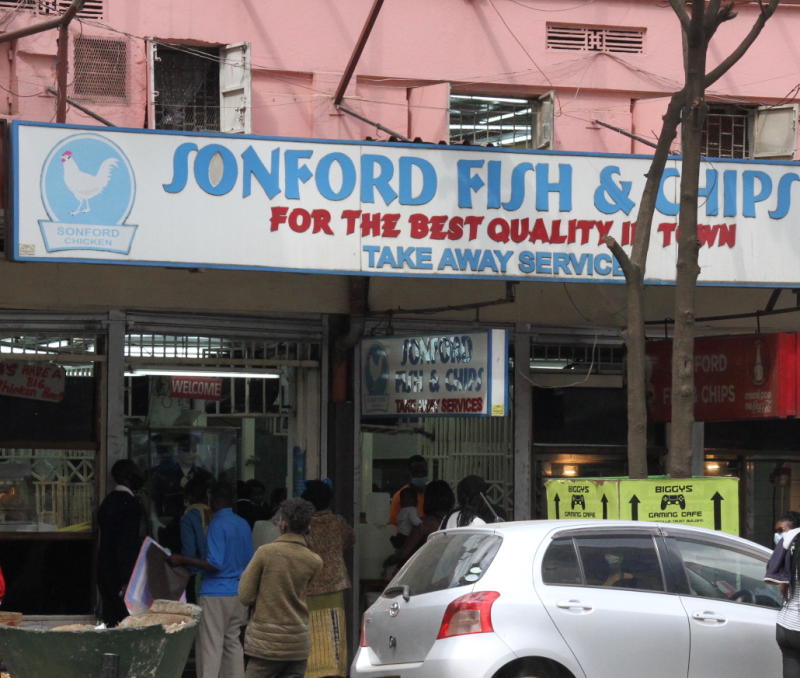×
The Standard e-Paper
Fearless, Trusted News

A section of Sonford Fish & Chips, one of the new eateries in the Nairobi CBD dealing in chips, chicken, fish and sausages. [David Njaaga, Standard]
Kevin Ndirangu reminisces the good old days when they used to dine within the Nairobi Central Business District (CBD). The 57-year-old says the younger generation will never know what ‘real fast food’ is.